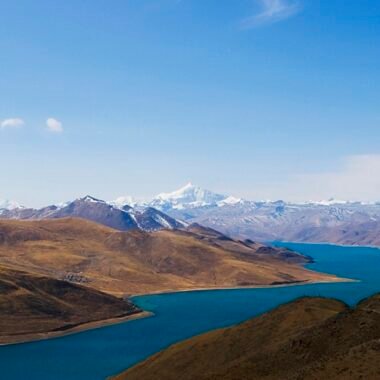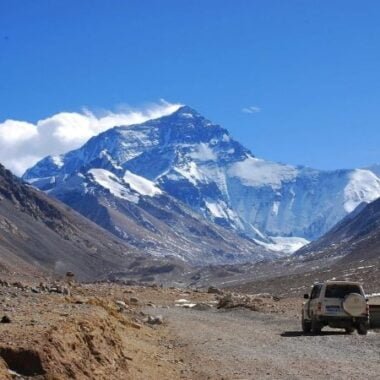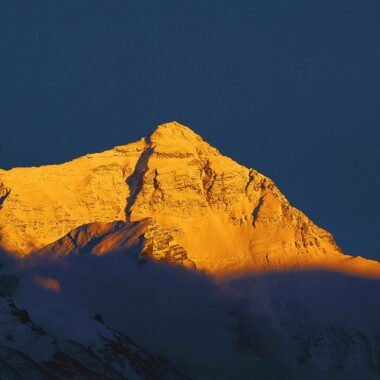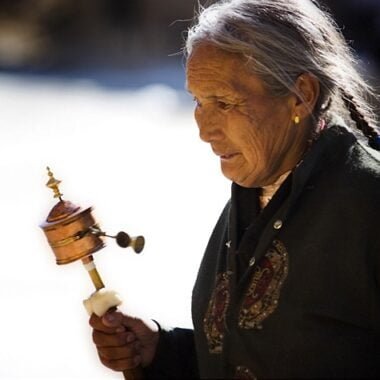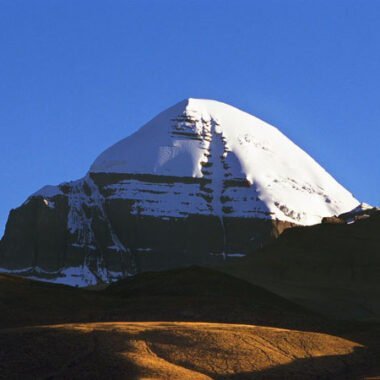The Best Way to Travel Tibet: Acclimatization and Routes
Traveling to Tibet offers a remarkable adventure, filled with stunning landscapes, rich culture, and spiritual experiences. However, it also requires thoughtful planning,…
Traveling to Tibet offers a remarkable adventure, filled with stunning landscapes, rich culture, and spiritual experiences. However, it also requires thoughtful planning, particularly when it comes to acclimatization to the high altitude. The most effective approach for travelers is to first arrive in Lhasa, spend 2-3 days acclimatizing, and then venture out to explore other regions.
Acclimatization in Lhasa
Lhasa, situated at an altitude of approximately 3,650 meters (11,975 feet), is the perfect starting point for your journey. The initial days in this vibrant city are crucial for acclimatization. Many travelers experience mild symptoms of altitude sickness, such as headaches or dizziness, as their bodies adjust to the reduced oxygen levels.
During your stay in Lhasa, engage in low-intensity activities. Visit iconic sites like the Potala Palace, a UNESCO World Heritage site, and the Jokhang Temple, which holds great significance in Tibetan Buddhism. Wandering through Barkhor Street, with its lively atmosphere and local vendors, is a great way to experience the culture without overexerting yourself. Make sure to drink plenty of water, eat light meals, and rest often.
The Risks of Entering Tibet via Nepal
While some travelers may consider entering Tibet overland from Nepal, this route can pose significant risks, particularly for those planning to visit high-altitude areas like Mount Everest. The transition from Nepal’s low elevations to Tibet’s high altitude can lead to serious altitude sickness, as your body may not have had adequate time to acclimatize.
Nepal’s lower altitudes can make it challenging for travelers to prepare for the drastic elevation change they will encounter in Tibet. Consequently, it’s generally advised to fly into Lhasa instead. This allows for a more controlled and gradual acclimatization process, helping to minimize health risks.
Suggested Itinerary
- Arrival in Lhasa: Plan to spend your first few days in Lhasa. Take time to explore the local culture and traditions, savoring Tibetan cuisine and interacting with locals.
- Explore Lhasa: After acclimatizing, consider visiting the nearby attractions such as Namtso Lake, known for its breathtaking beauty and spiritual significance, or Ganden Monastery, one of the oldest in Tibet.
- Venturing Beyond Lhasa: Once you feel comfortable, you can embark on tours to other regions, such as Shigatse, home to Tashilhunpo Monastery, or even a trek to Everest Base Camp, where you can marvel at the world’s highest peak.
- Monitor Your Health: As you travel to higher elevations, be attentive to your body’s signals. If you experience severe symptoms of altitude sickness, it’s vital to descend to a lower altitude and seek medical attention if necessary.
Cultural Insights
Traveling in Tibet is not just about the landscapes; it’s also about understanding the rich cultural tapestry that defines the region. Engage with local traditions, participate in rituals, and learn about the significance of Buddhism in everyday life. This cultural immersion will enrich your travel experience and provide deeper insights into the Tibetan way of life.
Conclusion
In conclusion, the best way to begin your Tibetan adventure is by arriving in Lhasa and taking the necessary time to acclimatize. Avoid the overland route from Nepal if you plan to visit high-altitude areas, as it can lead to altitude sickness. By following this approach, you’ll be well-prepared for a safe and enjoyable journey through the breathtaking landscapes and vibrant culture of Tibet. Remember, taking care of your health and understanding the local culture will enhance your overall experience in this remarkable region.



